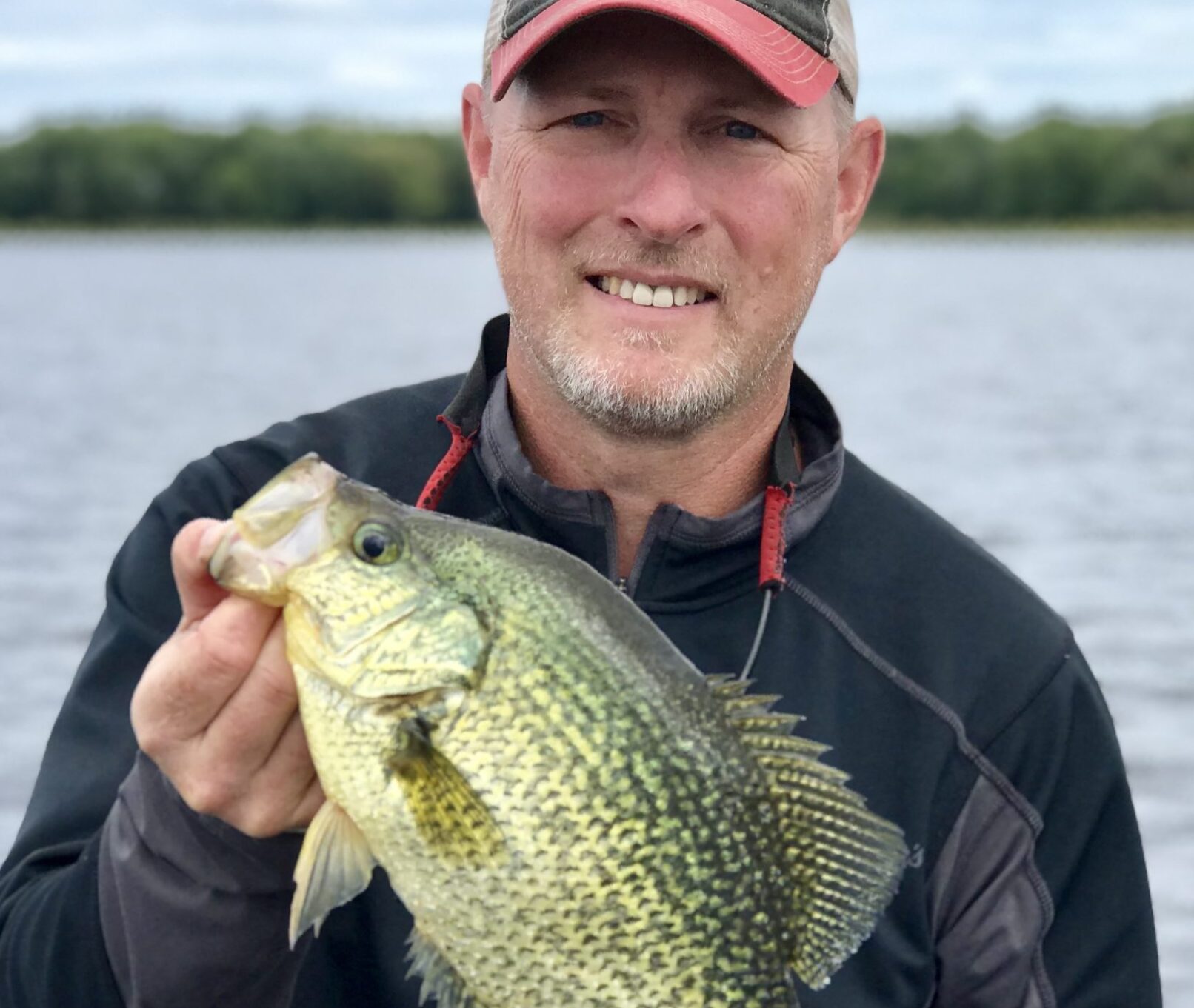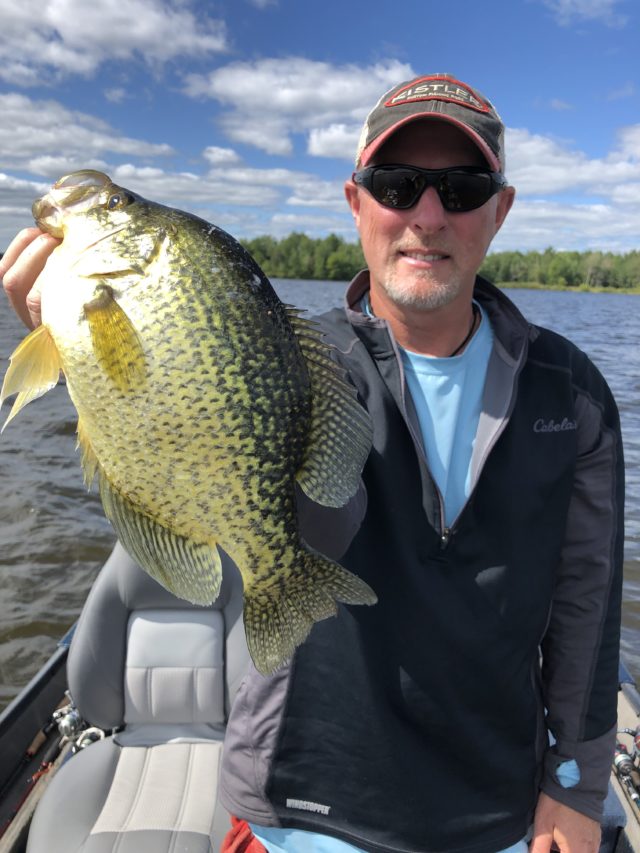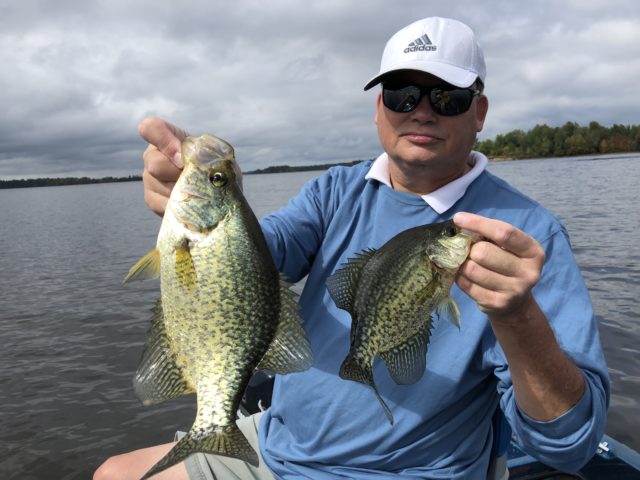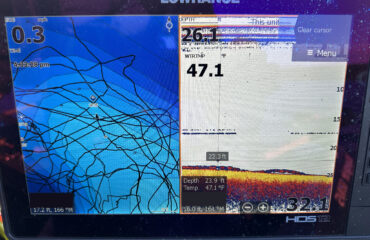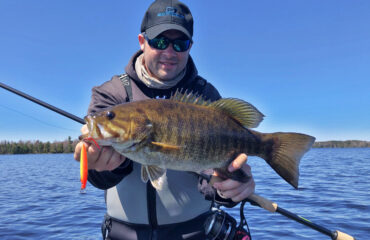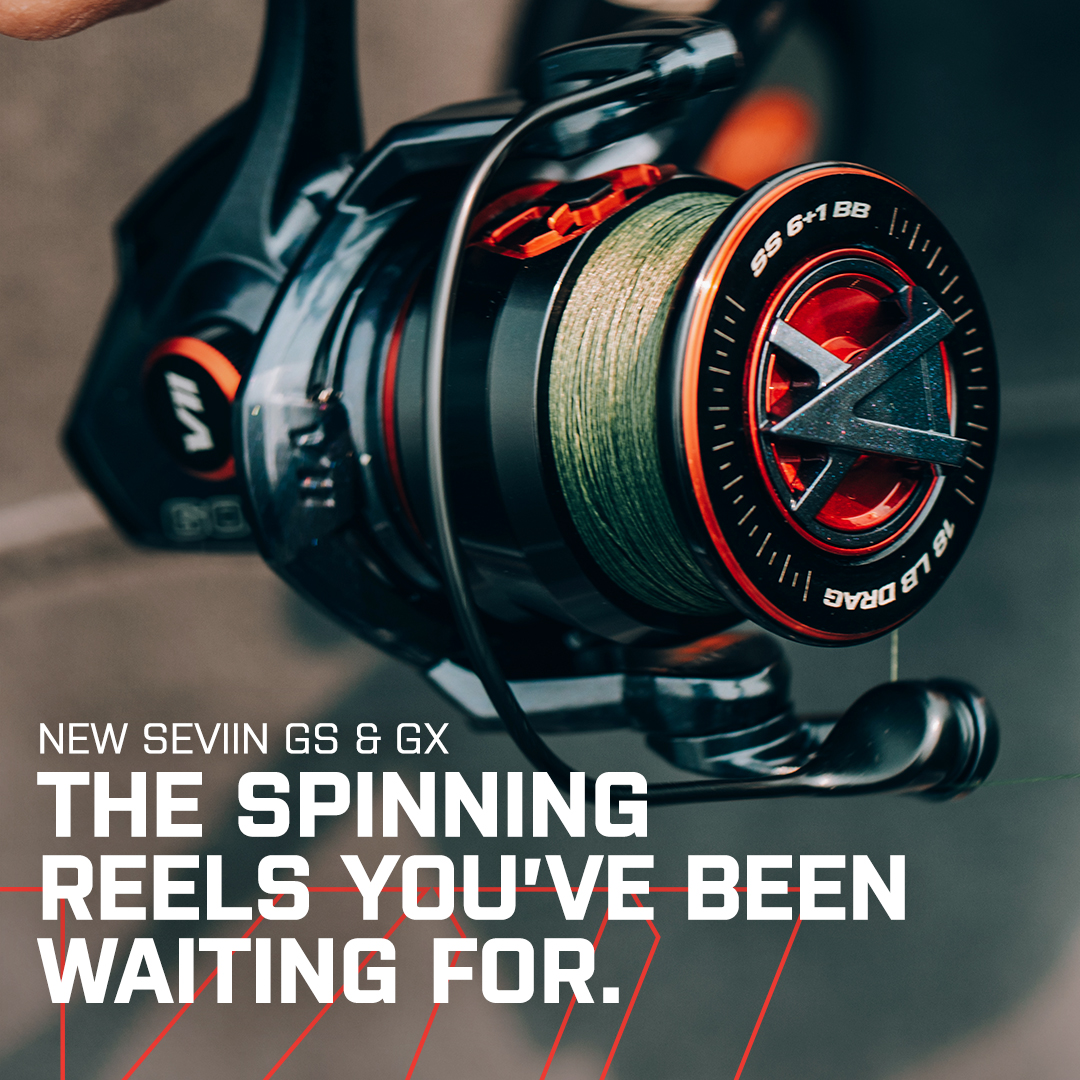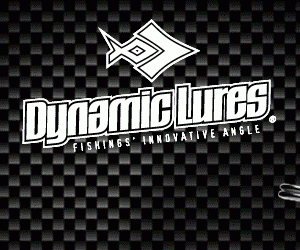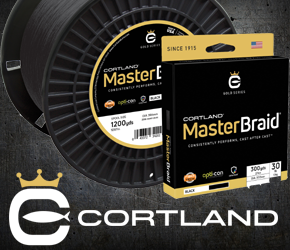The Tango with Timber Crappies
By Andrew Ragas – with Cory Painter
Stump fields, tree limbs, and a scattering of wood piles encompass a major component of natural fish habitat on lowland reservoirs. Welcome to wood world, and dwelling within all the timber are crappies and a host of several other species.
Extracting reservoir crappies from fallen trees and standing timber is a common theme across most of the country. Specialized tactics such as spider rigging and trolling can produce best on southern fisheries. Meanwhile, vertical presentations aided with precision boat control in conjunction with intricately using electronics yields best results on northern fisheries.
South versus the north, wood cover is the common theme of all reservoir fisheries. However, the main difference lies in layout and terrain of the fisheries. Southern reservoirs are highland and deep, whereas northern reservoirs are shallower, lowland flowages.
Wisconsin Flowages
Most Wisconsin flowages are water retention reservoirs. They were formed during the 1920’s and 1930’s when dams were constructed on the state’s largest river systems. In spring, these flowages fill with runoff, which is then released downstream in summer and fall to help augment flows on the river systems.
Their topography is characterized by deep basins that are former lake beds, shallow basins, and winding & meandering creek and river channels where depths and holes are commonly 20 ft. or more. Inside of these wide river channel bends, remnants of well-preserved standing trees and stump fields located in proximity of river channels and nearby wintering sites become the focal point of crappie pursuits from mid-summer and onward.
Flowage fertility is high, crappie growth rates are rapid, and premium wood cover is a hot commodity.
The Wood Pattern
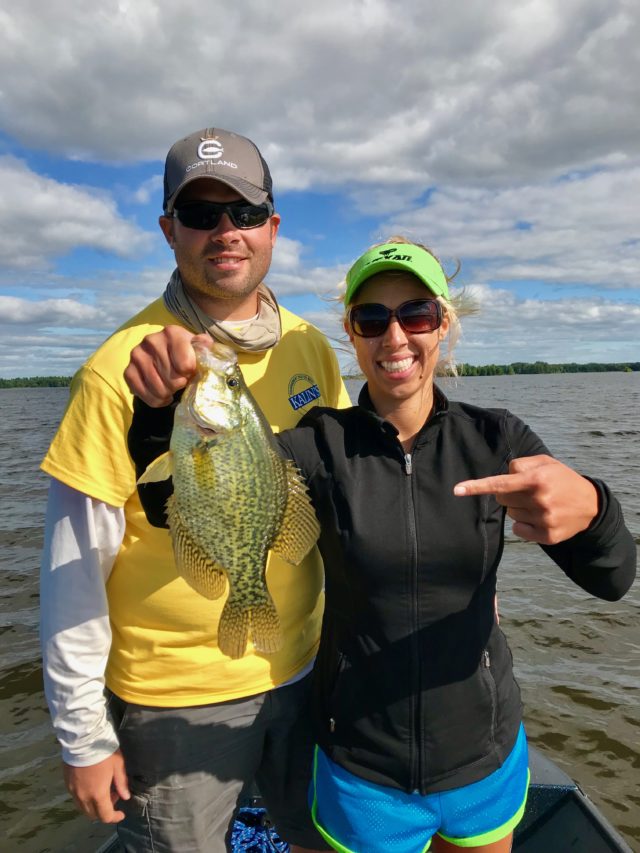
Amanda Ragas loves crappie fishing the most, saying “They’re cute, and taste great when prepared well.” This is the perfect eater size fish.
In mid summer, crappies abandon the shallow near-shore cover and vegetation they inhabited during April, May and the beginning of June. Fish migrate and school in deeper water near channels where current supplies oxygen, and submerged wood cover and standing timber offers the best habitat from the remainder of summer through the early fall months. Once crappies relocate to these deeper areas of the flowage, they roam and dwell among brush piles, stump fields, and old standing trees in search of protection and food.
As these lowland reservoirs have aged, their wood cover has decayed. However, many of them still possess expansive stump fields where hundreds of stumps, trees, and limbs are well preserved, encapsulated in time. As long as they remain intact, crappies return to them annually. At first glance, it seems that crappie schools would live on every tree. But not all trees and stump fields are created equal.
To catch northern flowage crappies in summer and fall, location and boat position are prioritized. Flowage crappies school on specific spots located in even more specific depths. As a result, majority of the flowage is dead water. As a result, crappies can be difficult to find, but once discovered and the crappie code is cracked, they’re available in big numbers.
Cracking the Crappie Code
Unless found by accident, summer and fall crappies continue to elude many anglers. The advent of modern technologies such as spot lock and GPS boat anchoring & positioning, in conjunction with side imaging, fish reveal, and live imaging features have made locating and keeping in top of fish efficient and easier. But challenges remain. How does one successfully break down the main lake basins of thousands of acres of flowage?
Frequent fishing partner, multi-species expert, and panfish aficionado, Cory Painter of Madison, WI has cracked the crappie code across several Wisconsin lowland flowages.
“I stumbled across this pattern probably 5 years ago,” he professes. On his local flowage, he found an area off the river channel that had many vertical trees protruding within 5 feet of the surface. “I learned a lot on that one spot, how the fish related to the wood, their behaviors and moods, feeding preferences, and what presentations worked best. I slowly accumulated similar spots, but it wasn’t until I added down and side imaging when I really began to locate more of these locations.”
The topography and focal points of lowland flowages are its river channels that meander through the underwater landscape. River channels are the primary structure and contour in all flowages, where depths are commonly 20-30 ft. In autumn, when surface temperatures cool below 60, crappies migrate to winter in these deep channel holes. However, in mid summer, in temps from 80 to the low 60’s, crappies commonly set up nearby on mid-depth wood structure and stump fields located on flats and bends adjacent to channel holes. On these hot spots, stump fields and trees are most common, and the magic depths can range from 15 to 22 ft.
Painter’s best and most consistent summer through fall spots are located near river channels or deep flats adjacent to a channel. “Yes, the key to the pattern is location, but the structure is most critical,” he says. “Vertical wood is the key to the pattern, and what allows me to consistently catch fish day in and day out,” he stresses.
Vertical timber holds crappies from June through October, and the larger and higher in the water column the tree stands, even if at an angle, the better. “The more vertical structure you can find in one area, the more schools you will contact on the structure and feeding near them,” he says.
Painter observes flowage crappies tend to suspend 6 to 12 ft. below surface more times than not from early summer to mid fall. “Once water temperature drops into the 50’s, crappies will then drop down from the vertical wood to spread across wood located on the bottom of the flowage,” he says.
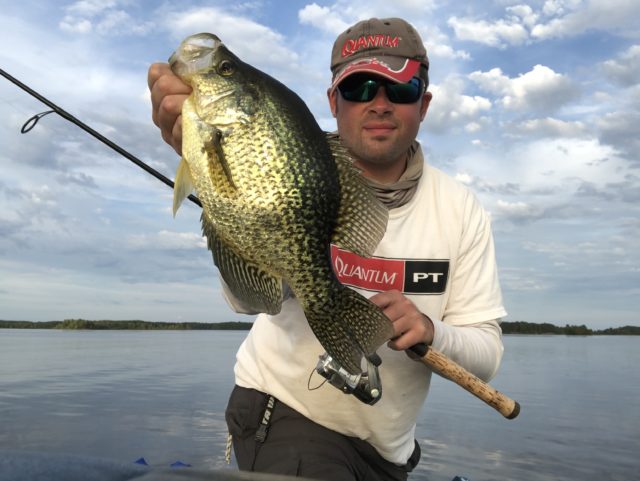
Flowage fertility is high and crappie growth rates are rapid. Flowage crappies run much larger than average and are heavyweights, and will require a quick scoop with the net.
Dancing the Tango
When Painter is in the timber and dancing the tango, he is spot on spot fishing. “At times, I might as well draw a 3 to 6 ft. circle around a tree, and if I’m not target fishing within that circle, I don’t catch fish. It is that precise,” he admits. Vertical fishing with utilizing his networked Lowrance HDS 12 units, along with his MinnKota Ulterra’s spot lock, is Painter’s requirements to fish these tight concentrations of fish.
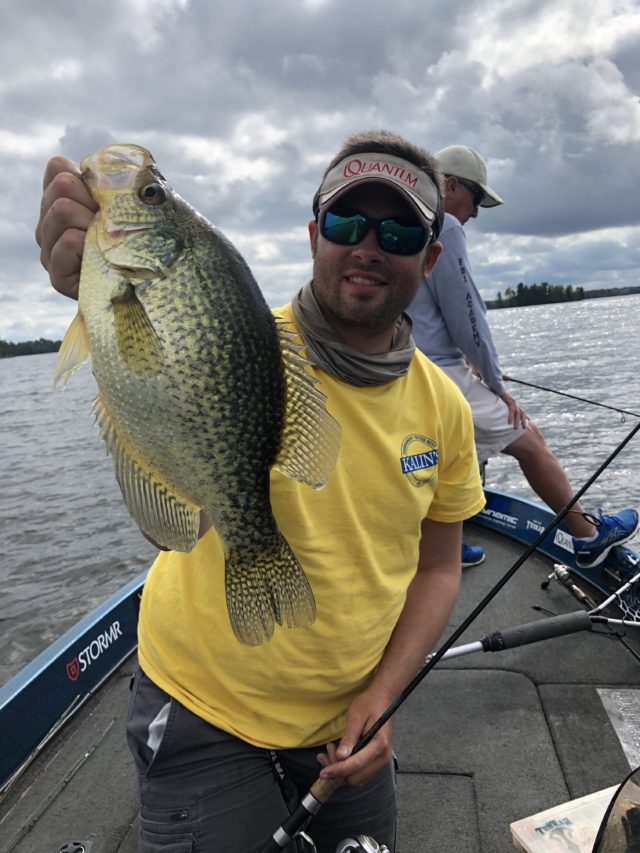 Weather and water conditions will indicate how to approach wood. Reserve flowage crappies for calm days with high humidity, or when a slight breeze ripples the surface. Crappies will position themselves above and on the edge of wood, where casting and pitching within the circumference of ‘the crappie circle’ is best. Meanwhile when conditions are tougher, crappies will be stacked tightly to the vertical wood within the 6 to 12 ft range, where precise jig placement is best to extract fish. “Cloudy days can be very good if you can stay on the fish and not be blown off. Some of the nastiest bluebird, no wind days can be when this pattern really shines,” he concludes.
Weather and water conditions will indicate how to approach wood. Reserve flowage crappies for calm days with high humidity, or when a slight breeze ripples the surface. Crappies will position themselves above and on the edge of wood, where casting and pitching within the circumference of ‘the crappie circle’ is best. Meanwhile when conditions are tougher, crappies will be stacked tightly to the vertical wood within the 6 to 12 ft range, where precise jig placement is best to extract fish. “Cloudy days can be very good if you can stay on the fish and not be blown off. Some of the nastiest bluebird, no wind days can be when this pattern really shines,” he concludes.
Painter confides that when nothing else in the lake is biting, he knows where crappies will set up. “On days with no wind, high skies, and tough fishing, you can camp on crappies all day long because most fish are tight to the structure and can be pinpoint fished, even when they are in a negative mood. With these conditions it quickly turns into a very productive day,” he says. After releasing several dozen slabs on these days, Painter frequently returns to the boat launch at the end of the day to hear reports from other boats with no fish to speak of
When in search of crappies, Painter and I seek two objects simultaneously on side imaging while slowly idling through the middle of the flowage: Standing vertical trees that are on the edge of channels in 16-22 ft. and pods of crappies that appear as small white blotches suspended or hovering on top or along the sides of trees.
During my first experiences of hunting crappies with Painter, and later on by myself, I was amazed by the heavy concentrations of crappies I ran into while out in the middle of my several thousand acre flowage. If it wasn’t for interpreting side imaging and identifying a few high percentage topographical areas with wood potential on my Navionics Hot Maps Platinum North chip, I wouldn’t have located the deep timber and their huge concentrations of crappies.
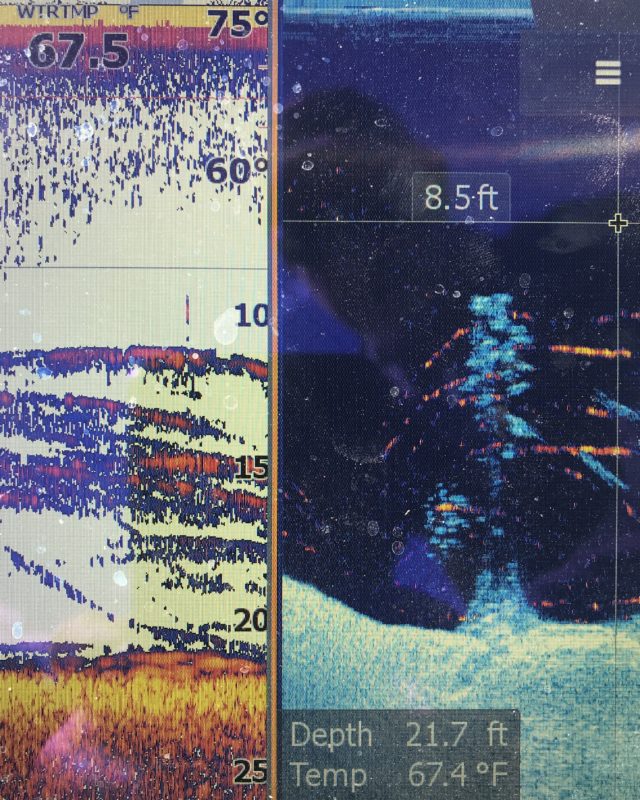
Serious crappie anglers must learn to use their electronics to their fullest potential. On Painter’s Lowrance HDS units, he uses a combination of CHIRP imaging with down imaging and fish reveal. This turns fishing into a video game. – Images by Cory Painter
Once you pull up over them and park the boat in spot lock, the Lowrance HDS screen will light up with dozens of marks down below. “Side scan allows you to look for the vertical trees, which will throw long shadows on side scan. Down scan does a great job of separating out the fish from the structure to show you exactly what depth the fish are holding in relation to the tree,” instructs Painter.
The most active crappies will suspend and rise up high into the upper water column, while neutral to negative (and conditioned) crappies will stay closest to the structure and deeper. Drop your jigs down below, just slightly above the depth of crappies. They will rise up into the water column and strike after each drop. Be sure to toss all released fish a boat-length distance away in order to minimize conditioning, and prevent spooking beneath the boat.
Painter’s system is simple. “I fish like I am ice fishing, vertical, with the same amount of action, which is simple quivers and slow lift and pause. The biggest mistake I see when I take people out is they are way too aggressive. A subtle quiver and pause, followed by a quiver and slow lift 3-6 inches followed by a pause, is deadly. These fish are mostly neutral or negative. I watch my Lowrance screens and almost always work my bait at even level with fish to start, and then work upward from there. These fish will follow up quite a distance as well before committing.”
Spot lock is the number one tool to maintain the boat’s position, and light winds are very helpful too. “Spot lock is your friend,” asserts Painter. “Last summer I upgraded from a MinnKota PowerDrive to an Ulterra with spot lock, and my catch rate went up significantly, especially on windy days,” he concludes.
Most anglers have difficulty locating flowage crappies. Boats that aren’t equipped with the maximum technological luxuries of side imaging, down imaging, and spot lock anchoring won’t be able to find crappies so readily.
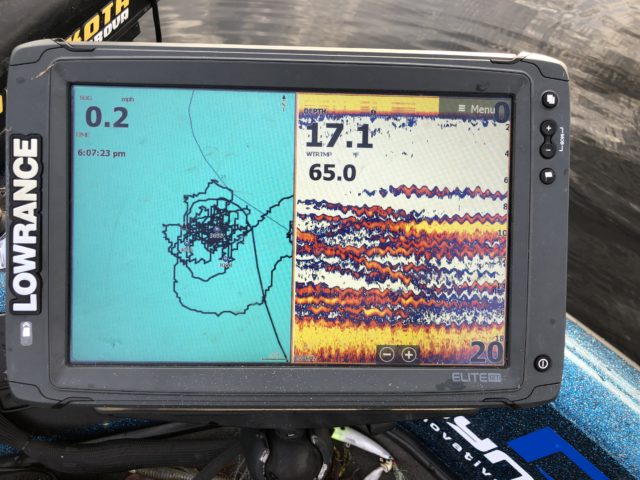
A major school of active crappies is below the boat. Schools that are high in the water column are the most active and catchable fish. Note, how the author spot locked, and drew and formed a circle evidenced by the trail lines.
Going Vertical
To tango with wood crappies, efficiency and simplicity must be the theme. Avoid snags, and vertically present the simplest possible system.
Painter and I have never needed to buy crappie minnows. Plastics and hair jigs will out-fish live bait every day of the week. Jig and plastic combos are deadly in horizontal and vertical presentations most days. Attaching a 1/16 oz. to 1/8 oz. split shot a foot above the jig will aid in the vertical presentation, and enable you to drop quickly to crappies.
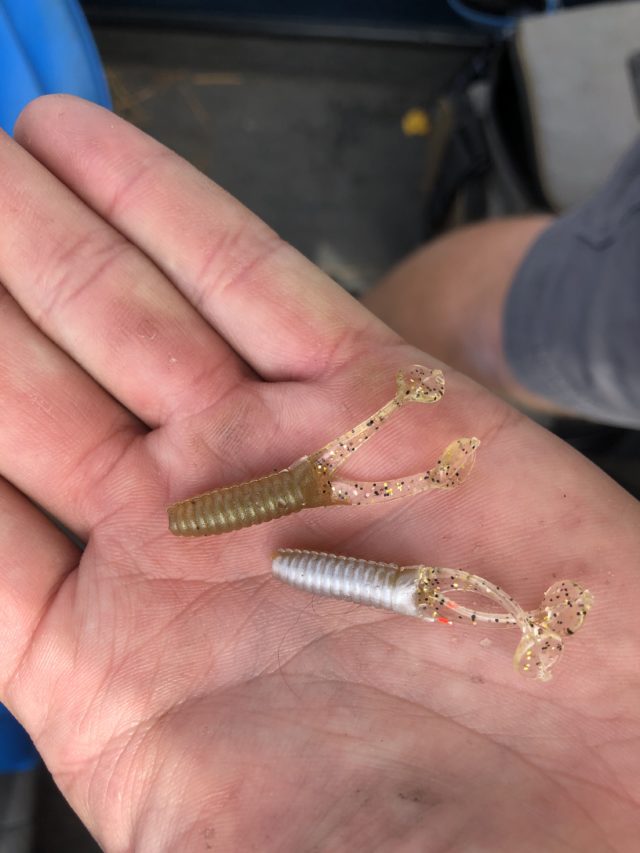 A variety of 1/32 oz. jigs paired with an assortment of Kalin’s Crappie Scrubs will be all that you need. Experiment with different jig head and plastic color combinations. Generally, fluorescent pink or orange jig head color with Acid Rain or Arkansas Shad patterned Crappie Scrubs are my winning pairing.
A variety of 1/32 oz. jigs paired with an assortment of Kalin’s Crappie Scrubs will be all that you need. Experiment with different jig head and plastic color combinations. Generally, fluorescent pink or orange jig head color with Acid Rain or Arkansas Shad patterned Crappie Scrubs are my winning pairing.
Beyond jig and plastics, hair jigs are a formidable secondary option for finicky bites, cold fronts, and conditioned crappies. The pulsating hair of 3/32 oz. and 1/32 oz. marabou and bucktail is effective and enticing. For some hair jig ideas, check out River Critter Jigs. They are unique custom jobs hand tied by my pal, Jim Gronaw, out of Westminster, PA. His tinsel, marabou, and bucktail crappie jigs are second to none. Similar to plastics, I follow the same exact color schemes crappies favor, with pinks, whites, minnow patterns, and chartreuse colors.
When crappies are least active, the use of small augertail grubs, like Painter favors, is best. Bobby Garland Custom Soft Baits 2” Baby Shads in white/pearl on pink jigs produces great results in all conditions.
“I like the Bobby Garland baby shad because its long tail moves with very little movement in the rod making it more lifelike and subtle,” says Painter. “You can hold it right in their face and make it dance naturally without any aggressive movement of the bait,” he adds.
Color choice doesn’t seem to be a huge driver to Painter, as he uses everything from natural silver translucent colors to flamboyant funky chicken patterns.
The combination of plastic body, action tails, and the right jig is not only efficient and durable, but the shape and profile teases and entices crappies on every drop. Crappies do not ever require live bait, which is mistake #1 most anglers make, and therefore plastics keep you fishing longer.
Painter jigs his plastics on braided line with a fluorocarbon 8 lb. leader. “I like the heavier leader so I can straighten out the light jigs that do get stuck in the wood,” he says. High visibility yellow braid such as 4 lb. to 8 lb. Cortland Masterbraid detects subtle bites and the light diameter helps pull most snags free. Always run a 2 to 3 ft section of 6 to 8 lb. Cortland Line Fluorocarbon linking braided main line to the jig. This stealth and abrasion resistance will procure the most strikes and crappie engagement.
Painter ties his 1/64 oz. to 1/16 oz. jigs to fluorocarbon with a loop knot. The light weight and loop knot allows for maximum action with very little movement in the rod. The light weight also allows the most hesitant bite to be sucked into the crappies mouth. Painter then runs a split shot about 12 to 15 inches above the bait, and does so for three specific reasons: “First, is to allow my bait to get down fast. Second is to help keep it vertical if in wind. Third, is to put some flex in my rod so when a crappie swims up with the bait some of the flex leaves the rod, thus indicating a hit.”
To catch crappies vertically, select light action to medium light action spinning rods. Lengths can be personal preference, as I drop with 6 ft. and 6 and a half foot medium light action St. Croix Premiers, complemented by size 10 and 20 Quantum Energy PT and Catalyst PT reels. Short rods will help keep the jig in range of the transducer signal.
Painter observes that when crappies are inactive and holding tight to structure, a hit is rarely the heavy thump we are accustomed to. “Crappies feed upward, and a lot of times the only detection you get is the slight release of tension on the tip of the rod. An extremely giving, sensitive tip will out-produce even some very high-end ultra light rods,” he says. “I have used Cubby Mites Panfish Rods, but currently use HT Enterprises Micromaster Super Featherlite rods. Both the cubby mites and the HT’s basically have the first foot and a half of the rod made out of and ice fishing blank so it is extremely soft and sensitive. They are relatively inexpensive rods which is nice since I have broken a few,” he concludes.
The sense of a strike will be your line tightening, and the weight on it. Lift upward to tighten the line, and don’t set the hook too hard. Otherwise that papermouth crappie flops off. Lastly, keep the net handy. Flowage crappies run much larger than average and are heavyweights, and will require a quick scoop.
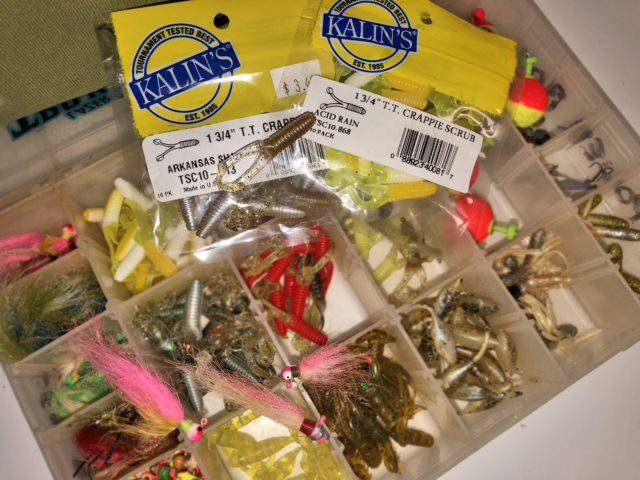
A variety of 1/32 oz. jigs paired with an assortment of Kalin’s Crappie Scrubs will be all that you need. Experiment with different jig head and plastic color combinations. Generally, fluorescent pink or orange jig head color with Acid Rain or Arkansas Shad patterned Crappie Scrubs are my winning pairing.
Doing Nothing is Doing Something
Drop down beside the boat, keeping in range of the transducer, and watch as crappies beneath the boat react to the vertical position and depth of your jig. Crappies will always rise upward to strike. Drop the same jig and plastic deeper or towards bottom, and a cornucopia of multi-species can follow, that commonly includes bull bluegills, jumbo perch, and walleyes.
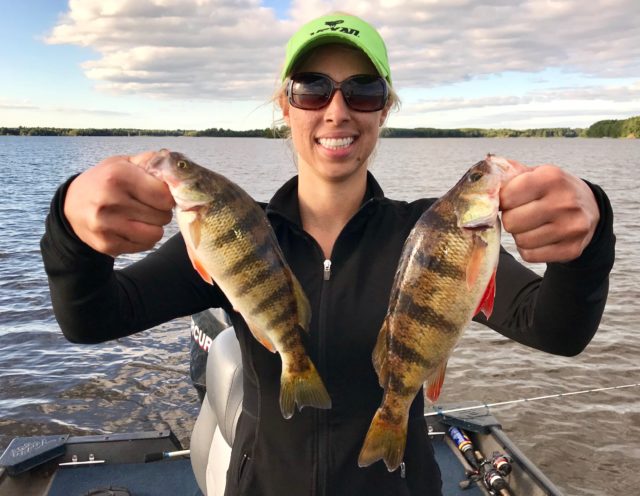
On many Wisconsin flowages, good multi-species opportunities exist. Many other species like these jumbo perch will use the same wood structure too.
Big flowage crappies commonly have mud lines in their flesh, and are very poor eating quality. If I’m in a mood to harvest, the boat’s rule is to keep 10 or fewer fish within the ‘eater’ 9 to 11 inch size range. This will easily feed two people two meals, and helps maintain the fishery and the integrity of these unique locations. Crappie populations are cyclical, and can recover quickly, but are far from renewable resources. Trophy crappies like all the 13 to 16 inch saucers we commonly tango with are vulnerable, aged up to 10 years and older, and can be wiped out quickly.
Depending on conditions, action tends to slow after you’ve picked off 10 to 20 fish per tree. Jump over to the next occupied trees you’ve dropped waypoints on, and you can always return to the same trees and waypoints throughout the day as schools will recover. You will then have established a milk run of timber and flowage discoveries that will hold concentrations of crappie every summer and fall.
Andrew Ragas splits time between the Chicago area and Wisconsin’s Northwoods. Based in Minocqua, WI, he specializes in trophy bass fishing and offers guided trips from May thru October. While big bass is the passion, he dabbles in multi-species as well. He may be visited online at www.northwoodsbass.com


